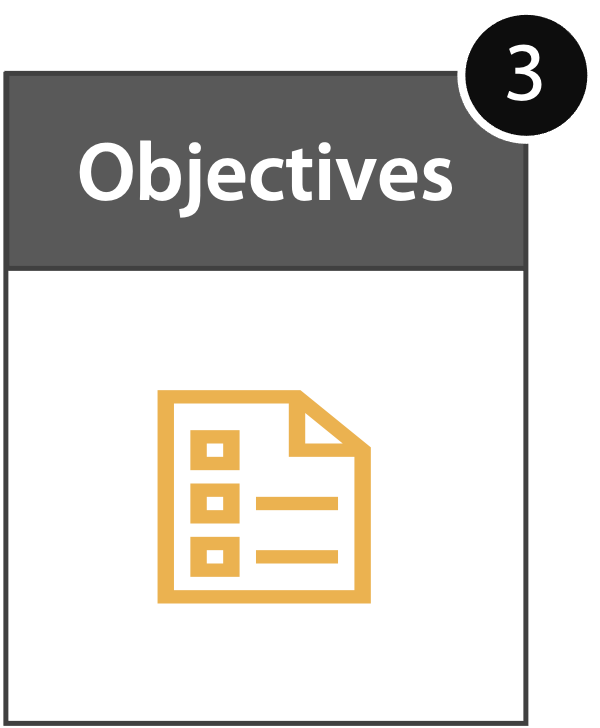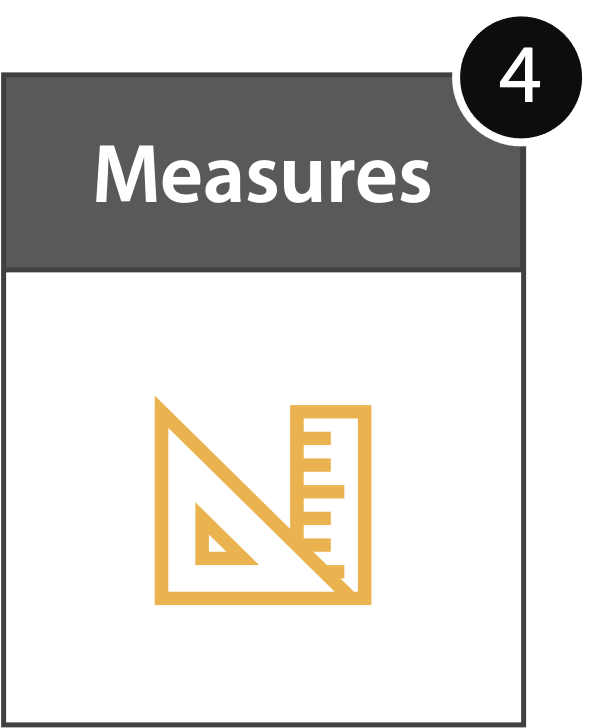STRATEGIC PLANNING PROCESS
Step Six - Communication
Communicating your strategy, cascading the components
Allocate Ownership
Let’s turn our attention to the communication phase. Once all of your hard work has been signed off and agreed by all stakeholders, how do you successfully communicate your strategy?
Plan your communications
Do not leave things to chance. Just keep in mind that strategy is not something that you do once and forget about. It is an ongoing activity that continually needs to be assessed and modified and communicated.
A communications plan needs to be put in place that keeps the strategic momentum going for everyone. Do not simply rely on a single kick-off meeting at the beginning of the year. Build strategic communication into your normal business communication processes.
Audience, content, people
The best communicators spend time thinking about their audience and what they require. Presenting your strategy to an executive team will take a very different form to a presentation to a large group of field workers. You should ensure your messages are consistent at all times, that does not mean the communication style has to be the same every time.
There is content that can be reused for all audiences. The Strategic Summary that you have created is a great example of content that is accessible to all parts of the organisation. We recommend that it is published widely, added to your intranet and even printed poster size and hung on walls around your office space.
Also, be sure to use your people effectively, not just the management team. There will be subject matter experts, whose opinions people value. They want to get engaged, give them the opportunity. Local ‘champions’ could give structured team briefs (with resources provided centrally) as part of their own development and personal objectives.
A few communication tips:
- Be consistent with your communication and deliver on it.
- Seek feedback from your audience and look for ways to improve.
- Strategy needs to get emotional buy-in to capture ‘hearts and minds’.
- Be ready to tweak your approach as you learn from your feedback.
- Encourage natural storytellers to come forward and get involved
To get the most out of this workshop download the Strategic Planning Workbook, the Strategic Plan Summary one-page presentation and the Strategic Plan Template from the Intrafocus website.








